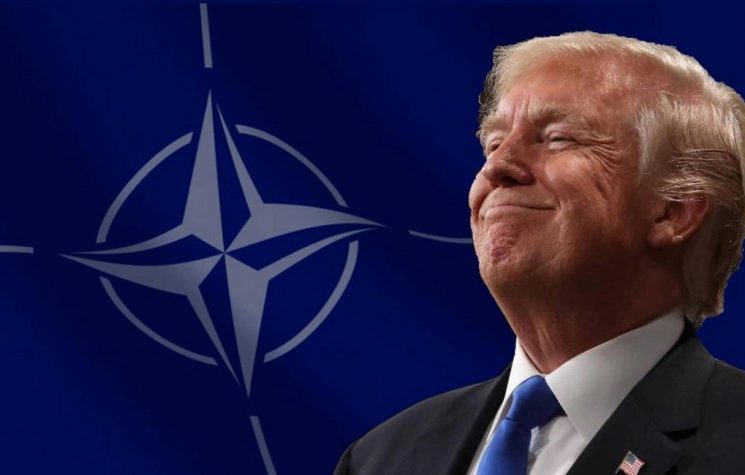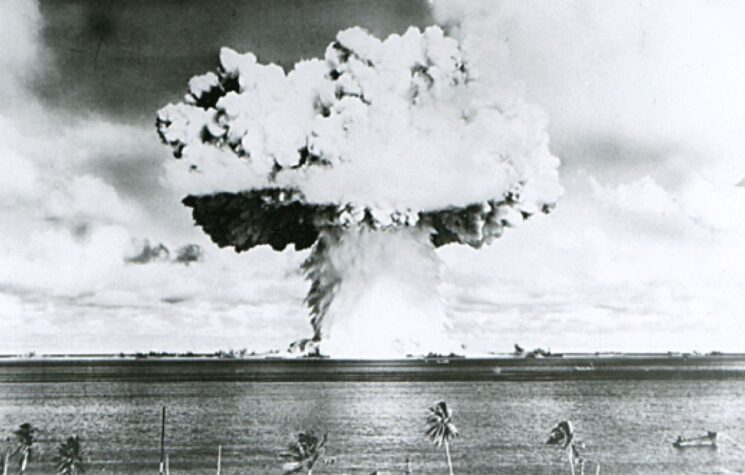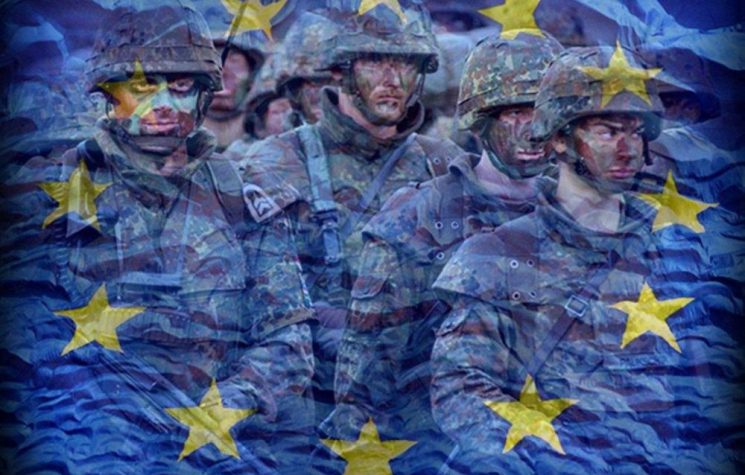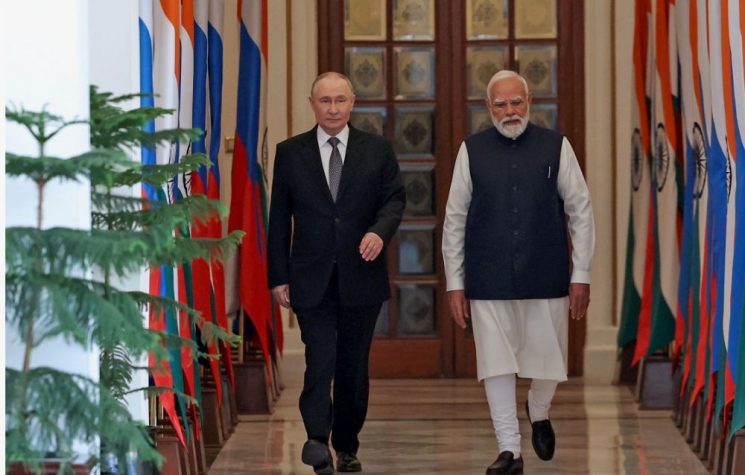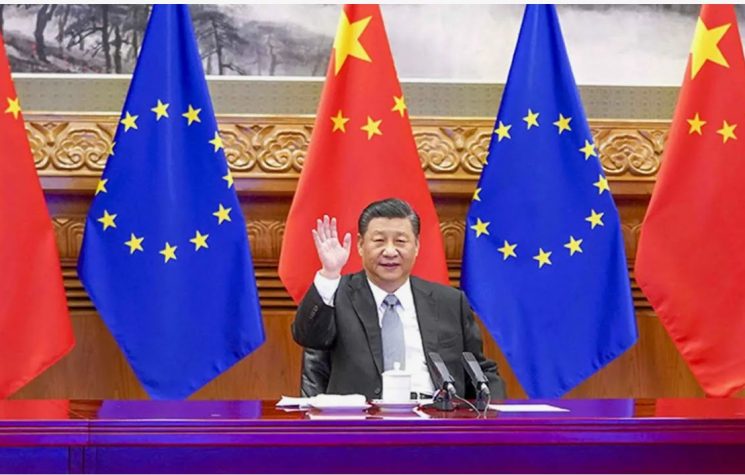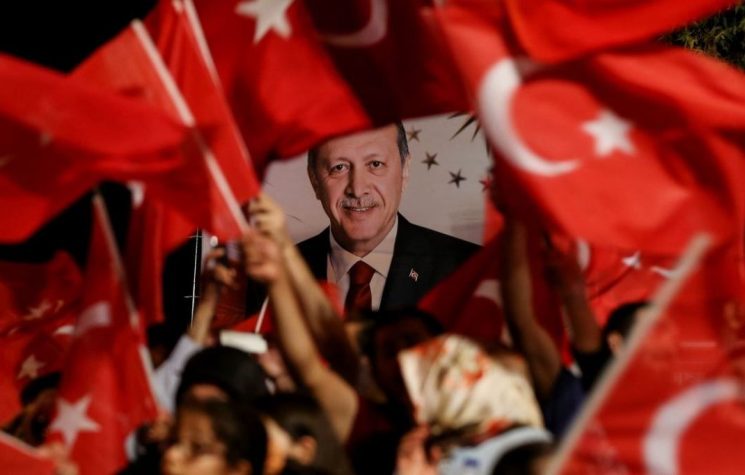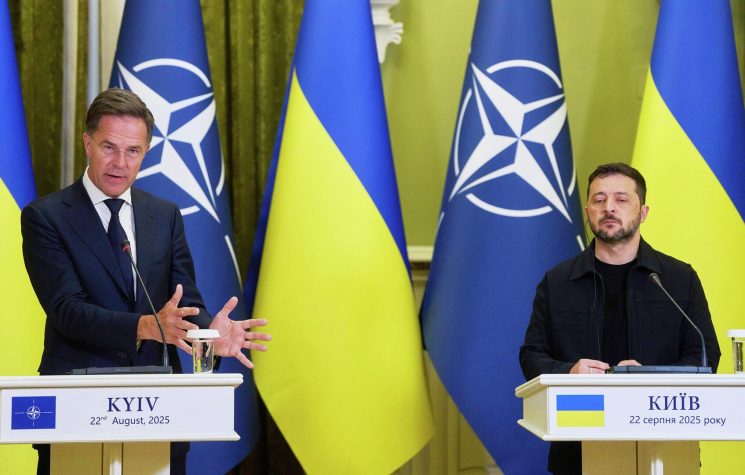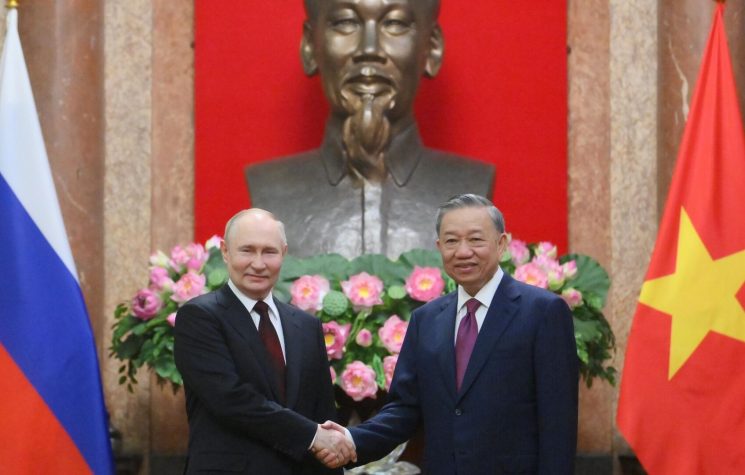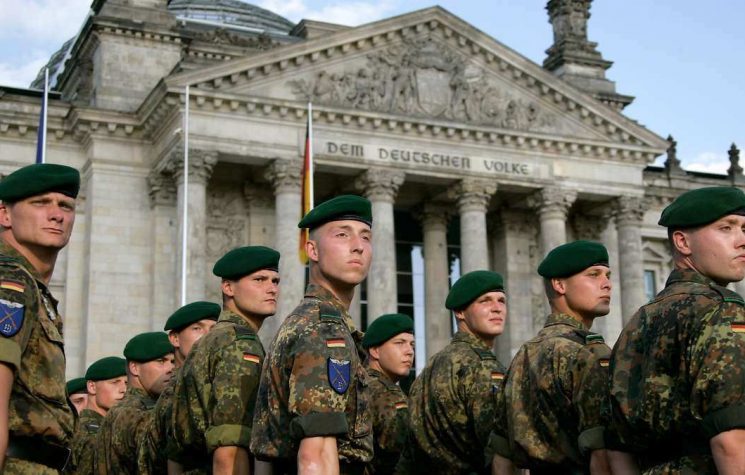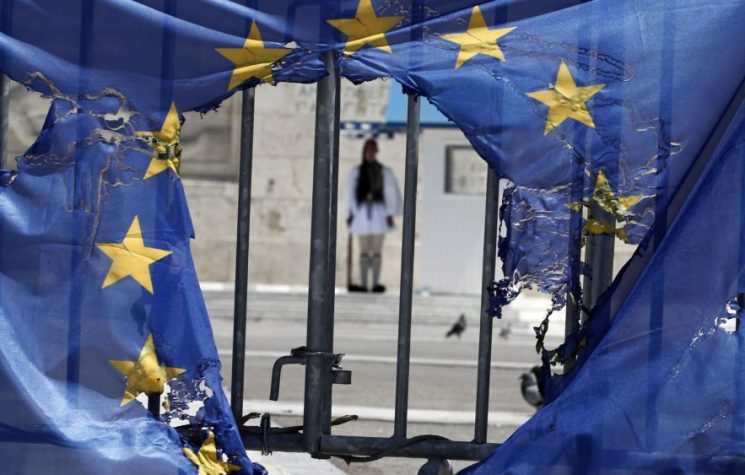One of the comments made following Trump’s decision to relocate some 12,000 troops from Germany was made by retired Admiral James (‘Zorba’) Stavridis, who in 2009-2013 was U.S. Supreme Allied Commander Europe (the military commander of Nato). He declared that the action, among other things, “hurts NATO solidarity and is a gift to Putin.” This was a most serious pronouncement, which was echoed by Republican Senator Mitt Romney, a rich Republican and Mormon cleric, who said the redeployment was a “gift to Russia.” These sentiments were well-reported and endorsed by U.S. media outlets which continue to be relentlessly anti-Russia.
Stavridis is the man who wrote that the seven-month bombing and rocketing of Libya by the U.S.-Nato military grouping in 2011 “has rightly been hailed as a model intervention. The alliance responded rapidly to a deteriorating situation that threatened hundreds of thousands of civilians rebelling against an oppressive regime. It succeeded in protecting those civilians and, ultimately, in providing the time and space necessary for local forces to overthrow Muammar al-Gaddafi.”
On June 22 Human Rights Watch noted that “over the past years” in Libya their investigators have “documented systematic and gross human rights and humanitarian law violations by armed groups on all sides, including torture and ill-treatment, rape and other acts of sexual violence, arbitrary arrests and detention, forced displacement, unlawful killings and enforced disappearances.” Amnesty International’s current Report also details the chaos in the shattered country where Nato conducted its “model intervention.”
The Libya catastrophe illustrates the desperation of Nato in its continuing search for international situations in which it might be able to intervene, to try to provide some sort of justification for its existence. And the calibre of its leadership can be judged from the pronouncements of such as Stavridis, who was unsurprisingly considered a possibility for the post of Secretary of State by Donald Trump.
It is not explained how relocation of U.S. troops from Germany could hurt Nato’s “solidarity” but Defence Secretary Esper was more revealing about the situation as he sees it, when interviewed by balanced and objective Fox News on August 9. He declared “we basically are moving troops further east, closer to Russia’s border to deter them. Most of the allies I’ve either spoken to, heard from or my staff has spoken to, see this as a good move. It will accomplish all of those objectives that have been laid out. And frankly, look, we still have 24,000 plus troops in Germany, so it will still be the largest recipient of U.S. troops. The bottom line is the border has shifted as the alliance has grown.” (It is intriguing that this important policy statement was not covered by U.S. mainstream media and cannot be found on the Pentagon’s Newsroom website — the “one-stop shop for Defense Department news and information.”)
No matter the spin from the Pentagon and what is now appearing in the U.S. media, Trump’s July 29 decision to move troops from Germany had no basis in strategy. It was not the result of a reappraisal of the regional or wider international situation. And it was not discussed with any of Washington’s allies, causing Nato Secretary General Stoltenberg to say plaintively that it was “not yet decided how and when this decision will be implemented.”
The BBC reported that “President Donald Trump said the move was a response to Germany failing to meet Nato targets on defence spending.” Trump was quoted as telling reporters that “We don’t want to be the suckers anymore. We’re reducing the force because they’re not paying their bills; it’s very simple.” It could not have been made clearer than that. The whole charade is the result of Trumpian petulance and has nothing to do with military strategy, no matter what is belatedly claimed by the Pentagon’s Esper.
The German government was not consulted before Trump’s contemptuous announcement, and defence minister Annegret Kramp-Karrenbauer criticised Washington, saying “Nato is not a trade organisation, and security is not a commodity.” But so far as Trump is concerned, security is indeed a commodity that can be traded as he sees fit, irrespective of relevance to national policy or anything other than his ego.
In trying to pick up the pieces following Trump’s candid explanation of his orders to “reduce the force” in Germany, the Pentagon has conjured up a jumbled but confrontational plan intended to convince those who are interested (who do not include the German public), that it is all part of a grand scheme to extend the power of the U.S.-Nato alliance. To this end, Esper announced he is “confident that the alliance will be all the better and stronger for it,” because the redeployment involves reinforcement of the U.S. military in Poland. He is moving 200 staff of the army’s 5 corps to Krakow where, as reported by Military.com on August 5, “In a ceremony… Army Chief of Staff General James McConville promoted John Kolasheski, the Army’s V Corps commander, to the rank of lieutenant general and officially unfurled the headquarters’ flag for the first time on Polish soil.”
In addition to Washington’s move of the advance HQ of V Corps to Krakow, there is a agreement that Poland will engage in what the Military Times reports as “a host of construction projects designed to support more U.S. troops in that country” and Pentagon spokesman Lt. Col. Tom Campbell said that the Warsaw government “has agreed to fund infrastructure and logistical support to U.S. forces,” which should please the White House.
These initiatives are part of the U.S.-Poland Enhanced Defense Cooperation Agreement completed on August 3, which Esper stated “will enhance deterrence against Russia, strengthen NATO, reassure our Allies, and our forward presence in Poland on NATO’s eastern flank will improve our strategic and operational flexibility.” Then on August 15 Secretary of State Pompeo visited Poland to formally ink the accord which was warmly welcomed by Polish President Duda who recently visited Trump in Washington.
Duda’s declaration that “our soldiers are going to stand arm-in-arm” is consistent with the existing situation in Poland, where the Pentagon has other elements already deployed, including in Redzikowo, where a base is being built for Aegis Ballistic Missile Defence systems, and the Air Force’s 52nd Fighter Wing detachments at Polish Air Force bases at Lask and Miroslawiec, where there is a unit operating MQ-9 attack drones.
Defence Secretary Esper has emphasised that “the border has shifted as the alliance has grown” — and the border to which he refers is that of U.S.-Nato as it moves more menacingly eastwards. That’s the gift that Trump has given Russia.








